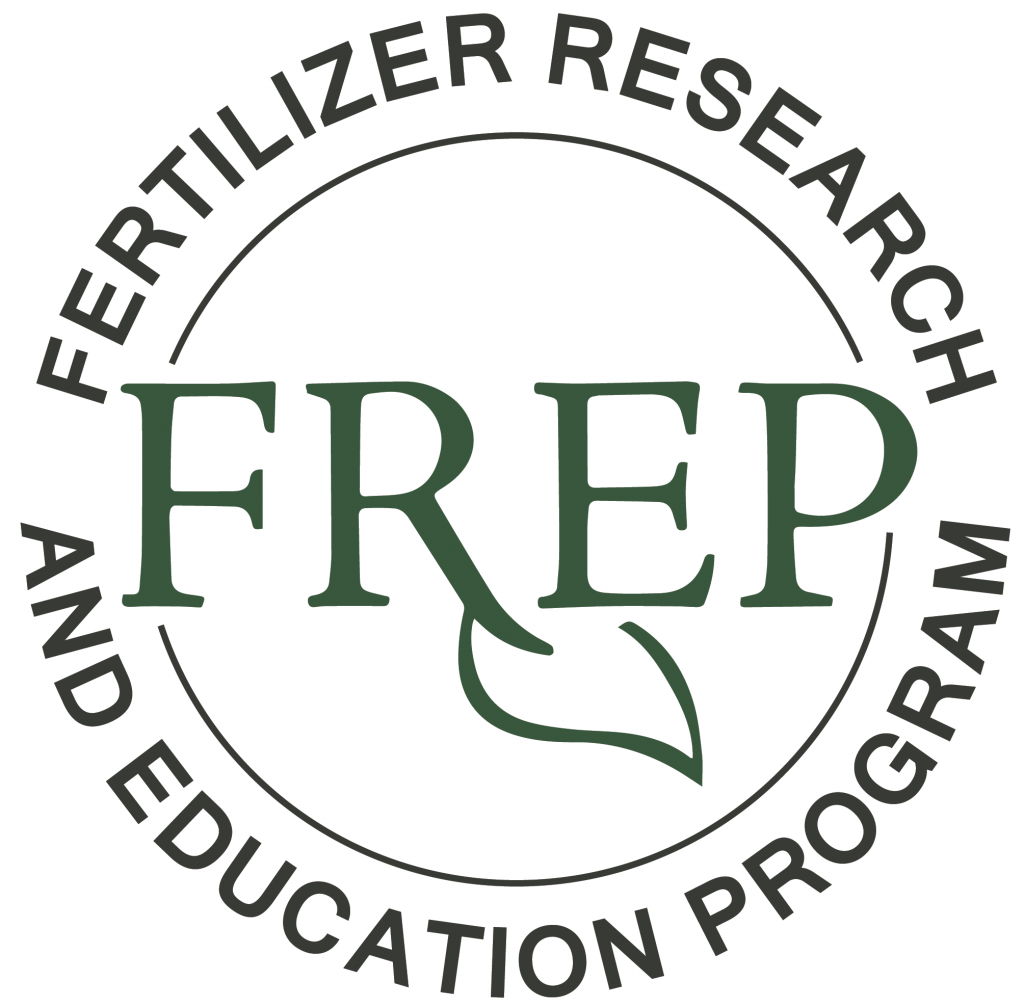
The California Department of Food and Agriculture (CDFA) Fertilizer Research and Education Program (FREP) just posted a Research Update blog that highlights a project funded by FREP’s annual grant program.
Project Title: Assessment of Harvested and Sequestered Nitrogen Content to Improve Nitrogen Management in Crops, Phase 2
Project Leaders: Charlotte Gallock, Kings River Watershed Coalition Authority (KRWCA), John Dickey, Formation Environmental, and Kenneth Miller, Formation Environmental
Project Status: Year 3
Overview: This project is refining nitrogen (N) removal rates for Central Valley (CV) crops so growers can plan their N management more accurately and better comply with regulatory requirements. The researchers are determining N concentration values and N removal coefficients that can be used to calculate the N removed from the field by harvested crops. This is accomplished by collecting field samples and estimating N in perennial tissues with crop growth models. Field samples include both the marketable component and any other plant material such as hulls, culls, trash, etc. The results will be incorporated into an online database and calculator that growers can use to calculate pounds of N removed per acre based on yield.
Background: Through the Irrigated Lands Regulatory Program, the CV Regional Water Quality Control Board now requires producers in the CV to implement management practices that are protective of groundwater quality. Producers are required to document the effectiveness of those practices by providing information on field N balances in an Irrigation and Nitrogen Management Plan (INMP). To accurately complete their INMPs, producers and their coalitions need accurate N removal coefficients that convert yield information into the amount of N removed from the field in the harvested crop material. This information can also help inform nutrient management planning, allowing N application rates to be scaled to meet crop requirements while minimizing excess N at risk of leaching below the root zone.
Approach: This Phase 2 research aims to continue assessing the N concentration of harvested crop materials for approximately 33 crops. N sequestration rates will also be calculated for the eight perennial crops. Field samples collected over several seasons are currently being analyzed for N concentration to refine the nitrogen removal coefficients and N sequestration rate estimates. The basis for N removal rates (e.g., nuts in shells or shelled, grapes with stems) is determined in consultation with each industry to ensure that values relate to tonnages readily known by growers and capture total biomass removed from fields as closely as practicable. Existing sampling data and crop growth models are used to estimate N sequestration rates into perennial tissues.
Click here to view the full FREP blog and see the results.
For additional information about CDFA’s FREP-funded projects on research and education regarding the agronomically safe and environmentally sound use of fertilizer in California, please click here to visit the FREP Grant Program.
For details about current and completed FREP-funded projects, as well as a searchable database that aims to make the research available, understandable, and convenient for growers to implement, please click here to visit the FREP Research & Project Database.


